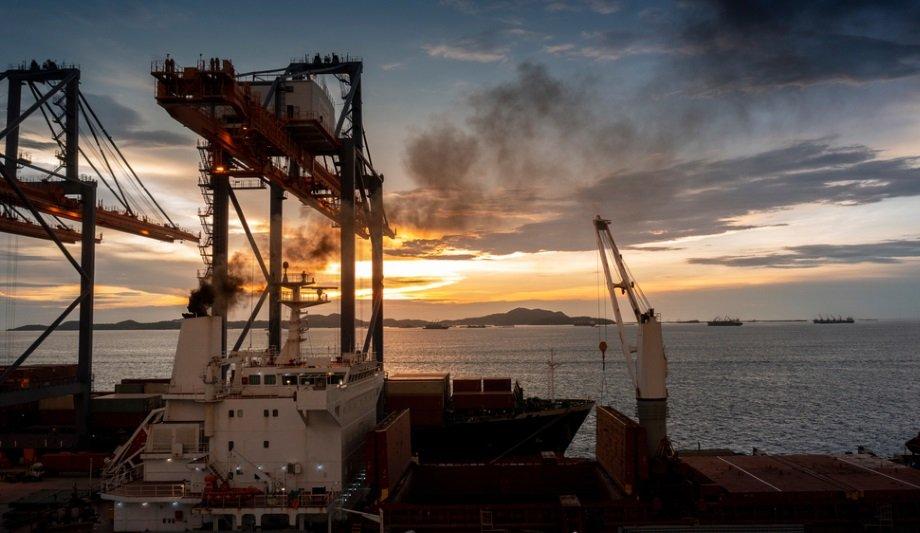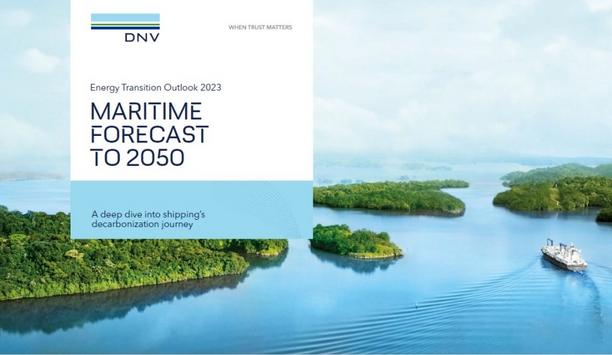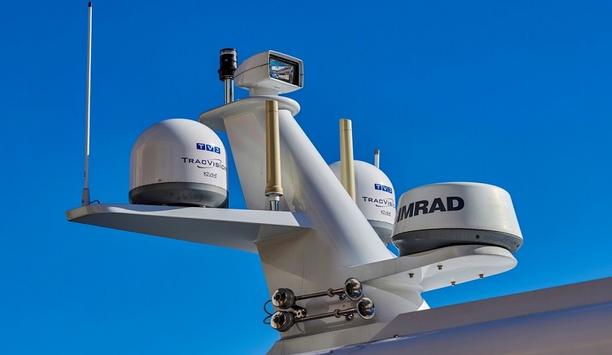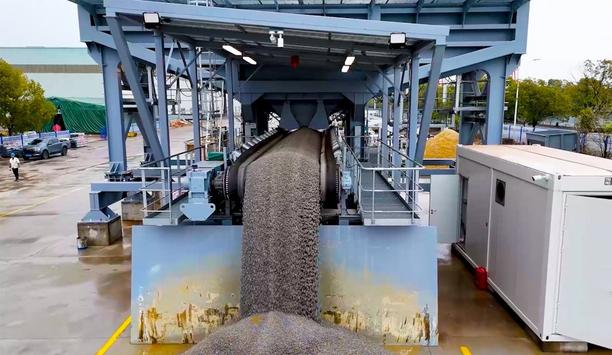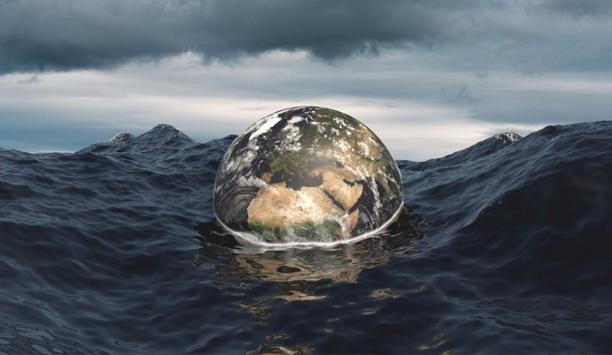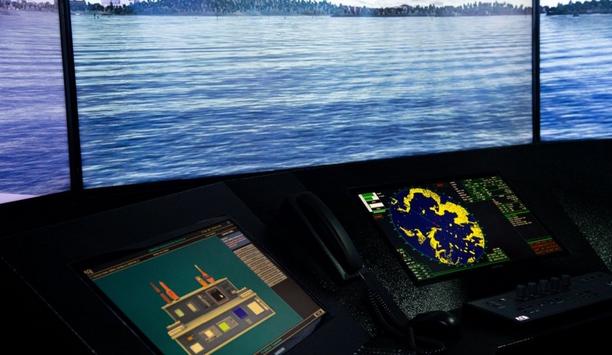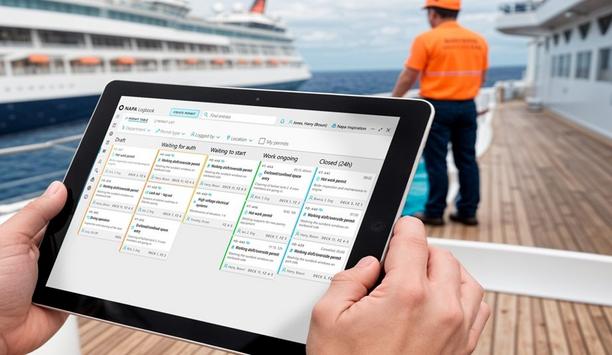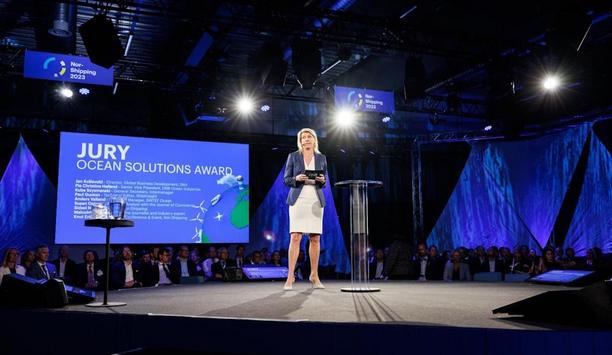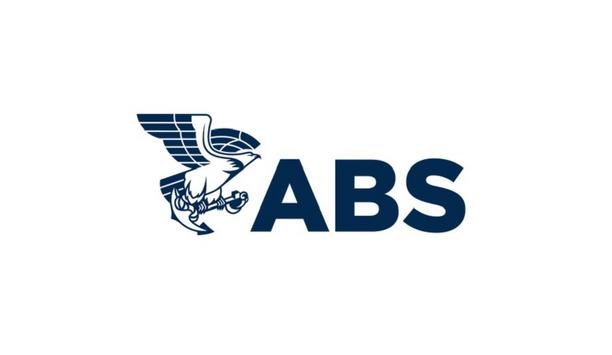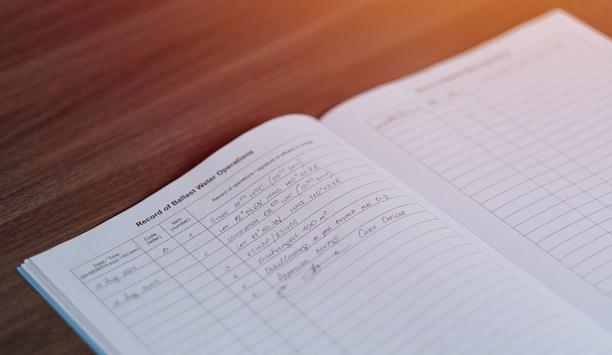Liquid natural gas (LNG) can avoid concerns about global warming in the maritime industry – to a point. LNG is a carbon-based fuel but yields lower emissions than current fuels used in the maritime industry, thus enabling compliance with International Maritime Organization (IMO) goals to address greenhouse gas emissions.
LNG offers an attractive transition route until even more environmentally friendly approaches become practical, although costs to transition existing vessels to LNG are cost-prohibitive. LNG is gaining more favour among dual-fuel new building contracts, using either LNG or conventional liquid marine fuels.
Pre-liquefaction process
When natural gas is cooled to minus 162 degrees C (minus 259 degrees F), it turns it into a liquid. Liquefaction reduces the volume to 1/600 of that of gas. Emissions from LNG are drastically lower than those of traditional heavy fuel oil. LNG removes sulphur in the pre-liquefaction process, so it emits almost no sulphur oxides (SOx) or particulate matter (PM) when burned, and it emits 90% less nitrogen oxide (NOx), and about a fourth less carbon dioxide (CO2).
Emissions from LNG are drastically lower than those of traditional heavy fuel oil
LNG is also relatively safe because its specific gravity is lighter than air, it is easy to diffuse, and there is less risk of explosion. One concern for transitioning to LNG is bunkering, in effect, the need for more supply infrastructure at port facilities to serve LNG-powered ships. Currently, the bunkering infrastructure can deliver LNG to 96 ports, with an additional 55 ports in the process of transitioning. There has also been an increase in ship-to-ship bunkering.
Reducing CO2 emissions
Although transitioning older ships to LNG is expensive, so are the alternatives, such as scrubbers and very low sulphur fuel oil (VLSFO). Because VLSFO does not affect CO2 emissions, the fuel is inadequate to achieve the IMO goal of reducing CO2 emissions by more than 40% in 2030 compared to 2008.
The Poseidon Principles are a framework for integrating climate consideration into lending decisions to promote decarbonisation. The framework is prompting some lenders to favour financing of LNG-powered vessels over those using traditional fuel oil. Transitioning to LNG can help fill the gap until new decarbonisation technologies come online and become more practical, including hydrogen, ammonia, rotor sail/batteries and methanol.
Deep-sea shipping
LNG is the only alternative to traditional marine fuel oils that is commercially variable for deep-sea shipping
Since the first LNG-fuelled vessel came into service in 2000, the number of vessels using LNG has grown 20% to 40% per year. In 2020, there were 175 LNG-fuelled ships in operation, and another 200 on order. These numbers are in addition to the 600 or so LNG carriers, which use boil-off gas in their propulsion systems.
By investing in LNG-fuelled vessels now, ship owners can realise immediate greenhouse gas (GHG) benefits – up to 28% on a tank-to-wake basis, including the impact of methane emissions, says SEA-LNG, a multi-sector industry coalition seeking to accelerate the adoption of liquefied natural gas. LNG is the only alternative to traditional marine fuel oils that is commercially variable for deep-sea shipping, says SEA-LNG.
Worldwide gas consumption
LNG is a widely available global commodity with 21 countries exporting to 42 importers and accounting for approximately 11% of worldwide gas consumption. Currently, LNG is a tight market, as strong power and gas demand in Asia has pulled LNG away from Europe.
Combining to tighten the market is a 2021 post-COVID economic recovery and a cold winter in 2021. LNG buyers seeking to avoid shortages in the winter of 2022 triggered a price rally. Drought in South America has further limited hydroelectric output and pulled volume from the Atlantic’s LNG supply. Also, several LNG facilities experienced outages that decreased supply.
